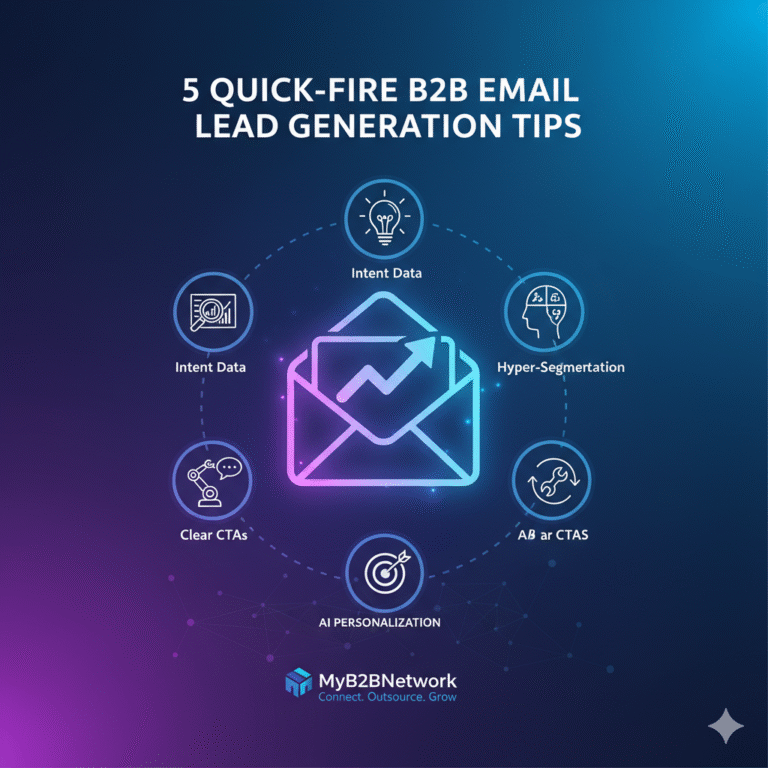
Introduction
Ecommerce continues its rapid expansion, projected to surpass $7 trillion in annual revenue by 2027, reflecting a lasting shift toward online purchasing, fuelled by mobile adoption, improved logistics, and global market access. Ecommerce Marketing for Small businesses and B2B service marketplaces must master a diverse set of marketing channels to capture share, from the foundational role of SEO to the emerging power of social commerce and AI-driven personalization.
1. Core Ecommerce Marketing Channels
A multi-channel approach spreads risk and maximizes reach. Below are the six pillars every ecommerce marketer should master:
1.1 SEO (Search Engine Optimization)
Organic search drives 53% of all website traffic, far outpacing social, paid search, and referral sources. On-page SEO—optimizing titles, URLs, headers, and meta descriptions—ensures product and category pages rank for high-value keywords. Off-page efforts—earning backlinks through PR, guest posts, and digital partnerships—further boost domain authority and rankings.
1.2 Conversion Rate Optimization (CRO)
Driving traffic is only half the battle; converting visitors into buyers is equally crucial. A one-second delay in mobile page load time can reduce conversions by 7%, while desktop delays shave off 11%. Leading brands use heatmaps, session recordings, and A/B tests to refine on-site UX, checkout flows, and CTAs—incremental gains that compound into significant revenue uplifts.
1.3 Content Marketing
High-value content attracts top-of-funnel shoppers seeking guidance. Beardbrand’s in-depth beard-care guides, for instance, pull in 400,000+ monthly visits, 72% from organic search, by solving customer problems with thorough tutorials and tips. Long-form articles, how-to videos, and downloadable guides build authority, foster trust, and feed the SEO beast.
1.4 Public Relations (PR)
Media features in reputable outlets not only drive referral traffic but also earn high-quality backlinks that bolster SEO. Referral traffic accounts for 37.5% of ecommerce visits in some benchmarks, underscoring PR’s dual impact on awareness and search rankings. A sustained PR effort can yield evergreen referral streams long after initial publication.
1.5 Affiliate Marketing
Affiliate partnerships extend reach through performance-based collaborations. Networks like PepperJam and ShareASale connect merchants with bloggers, deal sites, and review platforms, enabling payment only for actual sales. Affiliate traffic can account for 10–15% of total revenue for mature ecommerce programs.
1.6 Influencer Marketing
Influencers lend credibility and tap into engaged communities. Micro-influencers—those with 10k–50k followers—often generate UGC that drives authentic buzz. Frank Body’s micro-influencer campaign, for example, delivered $20 million in year-two revenue through strategic giveaways and product seeding.
2. The Ecommerce Marketing Funnel
An effective funnel guides prospects from discovery to advocacy:
| Funnel Stage | Marketing Tactics |
|---|---|
| Awareness | SEO, social ads, PR features, influencer content |
| Interest | Content marketing, retargeting campaigns, product demos, case studies, email sequences |
| Purchase | CRO tactics—clear CTAs, guest checkout, limited-time offers |
| Repeat & Advocacy | Loyalty programs, referral incentives, post-purchase email workflows |
3. In-House vs. Agency Execution
3.1 Building an In-House Team
Pros:
- Full control over brand voice
- Tighter integration with product and support teams
- Ownership of data
Cons:
- High recruitment and training costs
- Longer ramp-up times
- Potential skill gaps in niche areas like global expansion or advanced analytics
3.2 Partnering with an Agency
Pros:
- Instant access to specialized expertise (SEO, CRO, paid social)
- Proven processes and advanced toolsets
Cons:
- Higher recurring fees
- Potential misalignment on long-term priorities
- Less direct oversight of day-to-day execution
4. Advanced Growth Hacks for 2025
- AI-Powered Personalization: Leverage machine learning to recommend products, predict optimal send times for email/SMS, and tailor homepage content—AI personalization can drive revenue uplifts of 5–10%.
- Omnichannel Retargeting: Sync email, SMS, in-app messages, and social ads so users see consistent, contextually relevant offers at every touchpoint—omnichannel efforts can boost overall conversions by 20%.
- UGC Galleries: Display customer photos and reviews directly on product pages; UGC can increase conversion rates by 3.2% on average.
- Micro-Influencer Coalitions: Partner with clusters of niche influencers for coordinated flash sales or limited drops—this approach lowers cost per acquisition while generating authentic reach.
- Voice & Conversational Commerce: Optimize for voice search (expected to account for 50% of all searches by 2025) and deploy chatbots/AI agents to guide shoppers and answer FAQs in real time.
5. Overcoming Common Challenges
- Data Hygiene: Regularly cleanse email lists and CRM data to prevent personalization errors and aintain deliverability.
- Resource Constraints: Start with foundational tactics (SEO, email automation) and gradually layer in complexity (AI, advanced CRO) as budgets allow.
- Privacy & Compliance: Implement transparent opt-in/opt-out flows and comply with regulations (GDPR, CCPA) to build long-term trust.
- Content Fatigue: Rotate templates, refresh creative assets, and segment audiences to keep messaging fresh and engaging.
Conclusion
Ecommerce Marketing success in 2025 demands mastery across multiple channels, relentless optimization of the customer journey, and agile use of emerging technologies. By prioritizing SEO, CRO, content, PR, affiliate, and influencer marketing within a clear funnel framework—and choosing the right mix of in-house talent and agency support—small businesses and B2B marketplaces can capture growth in an increasingly competitive landscape. Experiment continuously, measure rigorously, and scale what works.




[…] your customer-first marketing plan across all relevant channels, including social media, email marketing, website, and in-store […]
[…] This early tech was quickly adopted by businesses for B2B transactions, foreshadowing the massive B2B eCommerce platforms we see […]